Seasonal fish and cooking Spring
Seasonal fish: Spring
Read about the best ways to eat each fish! (Same for all 4 areas)
 Japanese Littleneck Clam (Asari)
Japanese Littleneck Clam (Asari)
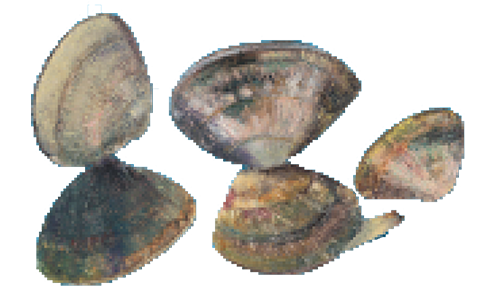
Familiar to most Japanese people, this bivalve is an essential part of Japanese cuisine. Its Japanese name comes from the word "asaru" (to fish) as it can be caught in mudflats anywhere.
Recipes
This clam has a strong umami taste, making it ideal for clam spaghetti or clam chowder.
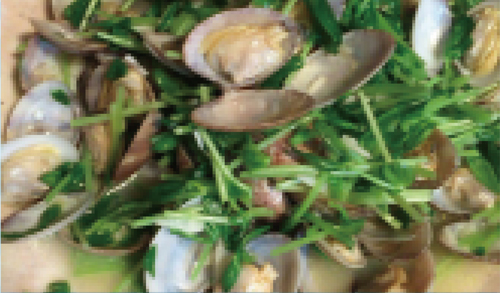
Photo: Japanese littleneck clam saka-mushi (steamed with sake). You can make Chinese-style saka-mushi by using Shaoxing rice wine and adding mung beans.

 Atlantic Horse Mackerel (Aji)
Atlantic Horse Mackerel (Aji)
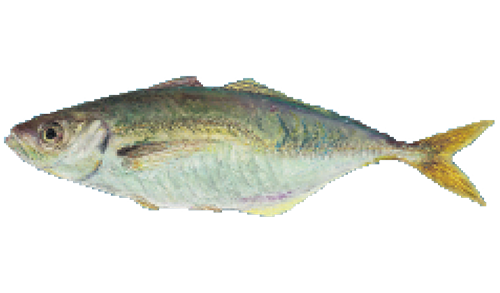
A key species of fish. We receive large deliveries throughout the year, and it is popular in processed products too. Its Japanese name is said to come from the phrase "aji ga ii" (tastes good).
Recipes
Atlantic horse mackerel contains many nutrients that protect against lifestyle diseases and promote development of the brain. It can be enjoyed in a wide variety of ways.
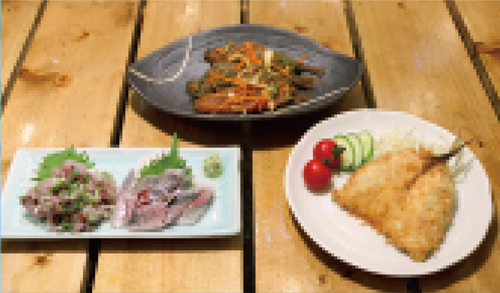
Photo: Atlantic horse mackerel can be deep fried and then eaten as it is or marinated in vinegar in a dish called nanban-zuke. It can also be eaten fresh as sashimi or tataki (seared with ginger ponzu sauce).

 Sand Smelt (Kisu)
Sand Smelt (Kisu)
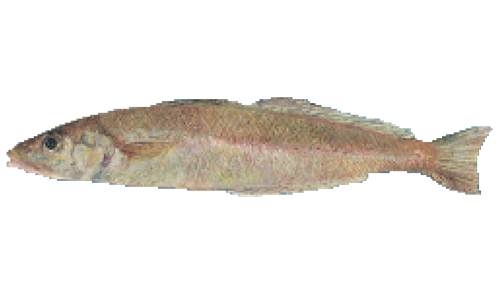
This fish is found in bays and coastal areas everywhere south of Hokkaido. It is known as "kisugo" in many areas, and is a popular catch among rod fishing enthusiasts.
Recipes
A white fish with a light, luxurious taste, this fish has been an essential ingredient in tempura since before the Edo period (1603-1868).
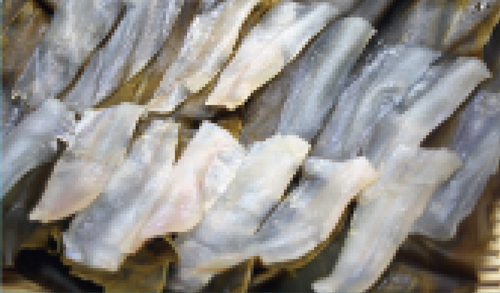
Photo: Fresh sand smelt was cured with kelp to make a dish called kombu-jime. This process removes moisture and infuses the fish with the umami taste of the kelp.

 Shark (Same)
Shark (Same)

Despite their fearsome image, sharks are a part of Japan's food culture, eaten in various ways throughout Japan.
Recipes
The fins of some species are dried and eaten in Chinese cuisine, while shark flesh is cooked and eaten or used in neri-mono such as hanpen, a product consisting of mild white surimi cut into square, triangle or round shapes.
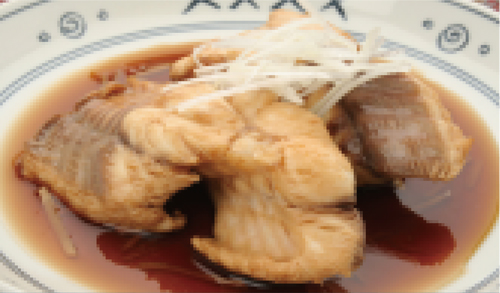
Photo: Shark ni-mono (simmered dish) containing mirin, sake and soy sauce

 Japanese Seerfish (Sawara)
Japanese Seerfish (Sawara)
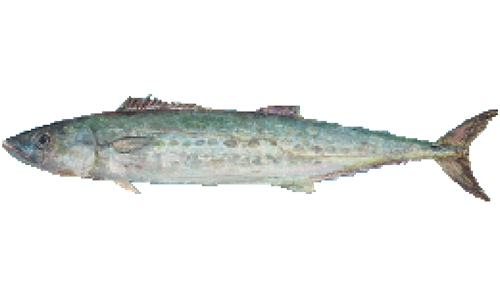
This fish is best in spring (this is said to be the reason why the Japanese character for "sawara" contains the character for "spring"), but this fish is also delicious in winter, and is sometimes called "fuyu-sawara" (winter seerfish) because of this.
Recipes
It is prized as a luxury fish for its soft, white flesh and mild taste with no strong flavors.
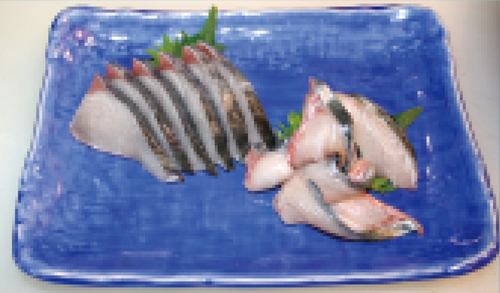
Photo: Sashimi made with extra fresh Japanese seerfish. It is also delicious in yaki-shimo (flame-seared with the skin on).

 Japanese Sea Bream (Tai)
Japanese Sea Bream (Tai)
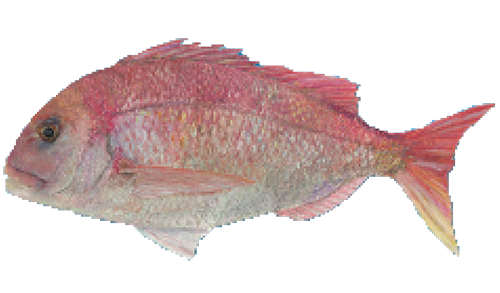
Japanese sea bream is an essential dish on special occasions as "tai" is part of the Japanese word for "auspicious" ("medetai"). Evidence excavated from shell mounds around Japan has indicated that this fish has been a fond favorite since ancient times.
Recipes
It is highly nutritious and easy to digest. It is low in fat and has a mild flavor, while still having a rich umami taste.
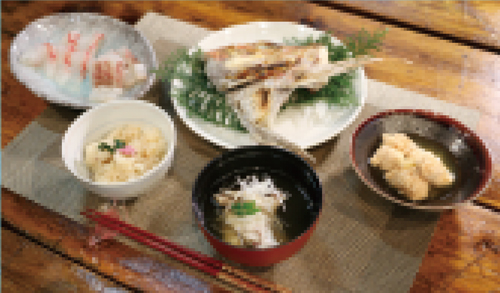
Photo: A tai-zukushi set meal including tai-meshi (sea bream with mixed rice), kabuto-yaki (roasted sea bream head), ushio-jiru (clear soup) and simmered sea bream roe

 Herring (Nisshin)
Herring (Nisshin)
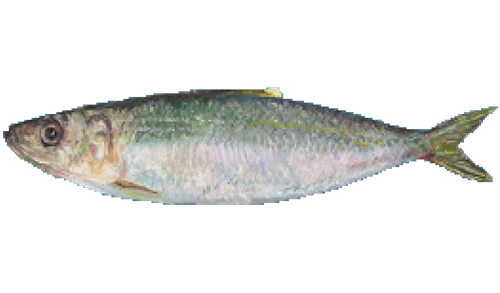
Herring has long been an essential part of everyday dishes and osechi (a traditional boxed meal eaten at the new year). Japanese herring mainly comes from Hokkaido.
Recipes
Herring is eaten fresh or in long-standing processed products such as migaki-nisshin (dried herring) or kazu-no-ko (salted roe).
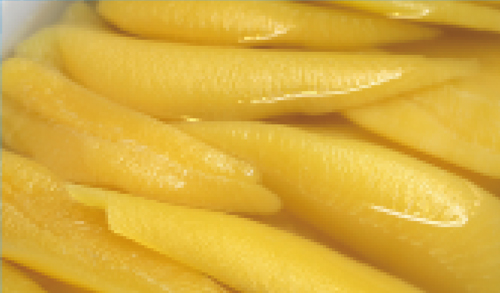
Photo: Kazu-no-ko made by sun-drying herring roe and pickling it in salt

 Trout (Masu)
Trout (Masu)
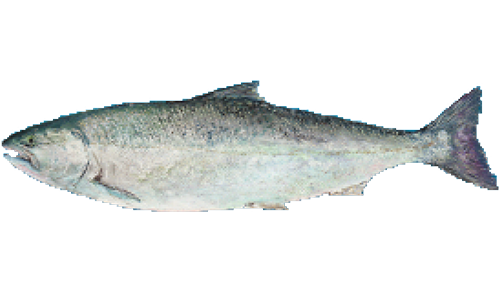
Trout deliveries increase in spring and summer. This seasonal pattern has earned it the name "sakura-masu" in Japan, as trout swim up the rivers during cherry blossom (sakura) season.
Recipes
Trout is soft and has the distinctive flavor of all fish in the salmon family, combining sweetness with a strong umami taste. Fresh frozen trout is best when eating it raw.
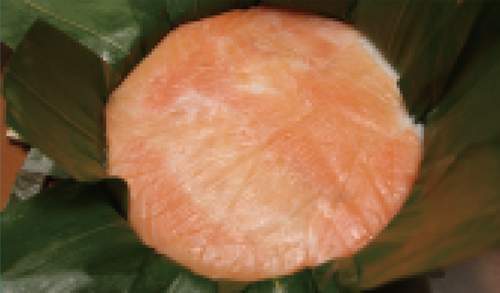
Photo: Trout sushi, a local specialty in Toyama Prefecture. Trout is seasoned with vinegar and layered with rice to make oshi-zushi (pressed sushi).

Fish Intermediate Wholesale Market

